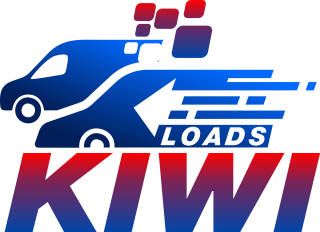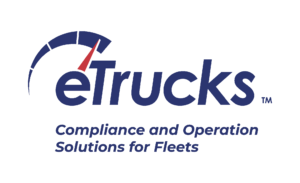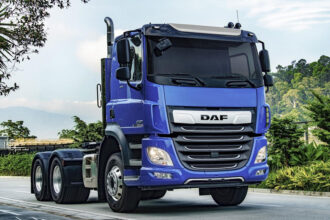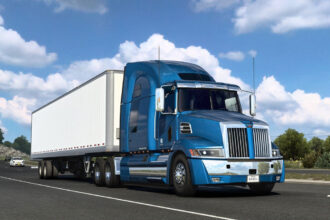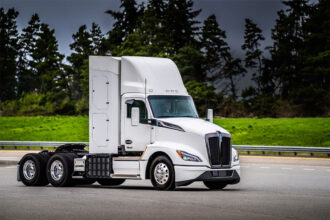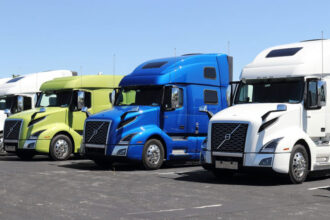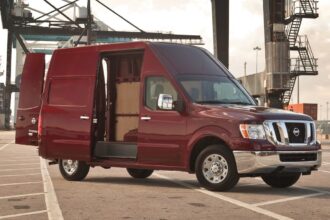Table of Contents
If you want to thrive in the world of freight and logistics, you need to know how to choose the right load board. But wait, what exactly is a load board? Well, it’s like a platform that connects you with freight shippers, offering opportunities to find and book available loads.
Wondering how to pick the perfect load board for your board, Right? Know that choosing a load board is more than a decision; it’s an art of precision, a fusion of technology and strategy.
Get ready to explore some key factors that can help you select a load board that aligns with your business needs and goals. From load availability and payment transparency to user interface and customer support, making an informed decision can help optimize your operations and maximize your success in the logistics field.
Ready to learn? Continue reading!
1. Know What Load Board Is
To choose a load board, know what the load board is. If you run a business that moves goods (shippers) and requires the service of trucking companies or independent truck drivers (carriers), you need the service of a load board. On this platform, you can post your shipping needs if you’re a shipper, and if you’re a carrier, you can search for loads that you want to transport. Keep in mind that this system maximizes the use of trucking capacity and guarantees smooth goods transportation.
2. Understand How It Works
To select a load board, understand how it works. Keep in mind that the load board functions as an online platform where you can find shippers posting their freight that require transportation. As a carrier (truck driver or company), you can then go through these listings and pick the loads you want to transport. The load boards furnish details about the cargo type, pickup and delivery spots, payment conditions, and other pertinent information. Once you choose it, you can contact the shipper to discuss terms and confirm the load. Don’t forget that this method efficiently connects accessible freight with available transportation capacity.
>>>MORE: Free Load Boards
3. Browse a Wide Variety of Load Board
To access a load board, browse a wide variety of load boards. if you don’t check a diverse range of load boards, you might overlook potential perfect matches. Load boards come in numerous types, each with distinct features. When choosing a load board, consider factors like the types of loads it offers, coverage areas, user reviews, pricing, ease of use, and additional features such as tracking tools or payment integration. Make sure the load board aligns with your specific needs and preferences. Remember, certain boards provide various subscription tiers and detailed information about the posting broker or shipper, like payment timelines and load-specific averages.
4. Look For Reviews Online
To pick a load board, look for reviews online. Bear in mind that this might appear to be common knowledge, but many individuals tend to overlook this essential step. In reality, seeking load board reviews on the internet essentially means that others have already done the groundwork for you, significantly reducing the risk of selecting a load board that can leave you unsatisfied.
Invest some time in searching the web for the most accurate and current reviews. What are the experiences of other customers shared regarding how a specific load board benefits them? And certainly, attempt to steer clear of reviews on the load board’s site, as these are more likely to be biased or selectively positive.
Are you part of an online trucking community? Pose your question there. You can receive plenty of reviews directly from individuals who use these load boards on a daily basis.
5. Evaluate Load Board Integration
To choose a load board, evaluate load board integration. Understanding that not all load boards possess identical levels of functionality is crucial. Hence, dedicating time to investigate the array of integrations available can be greatly beneficial for your business. Making sure these integrations work well with different software tools can boost operational efficiency and provide access to valuable features that match your precise requirements. This emphasizes the importance of choosing a load board that offers more than just fundamental functions, enabling your company to have a holistic and interconnected logistics solution.
6. Consider The Pricing Structure
To select a load board, consider the pricing structure. A good load board can save you time and money, so it’s worth investing in one. There are many different load boards available, with a variety of features and prices. Some load boards are free, while others cost upwards of $100 per month. Keep in mind that free-load boards are not always the best option. They may not have the same security, quality loads, or advanced features as membership load boards. If you’re serious about finding loads, it’s worth paying for a membership load board. Do your research and compare different load boards before making a decision
7. Analyze The User Friendliness
To adopt a load board, analyze the user-friendliness. Beyond just considering the price, you must pay attention to usability, which holds a significant level of importance. It’s crucial to evaluate how intuitive and user-friendly the software is. When searching for a trucking platform, prioritize ones that won’t demand an excessive amount of your time for tasks like finding suitable loads, posting your available vehicles, or utilizing other essential features. A seamless and efficient user experience in these aspects can greatly impact your overall productivity and effectiveness in the trucking industry.
>>>GET SMARTER: Best Load Boards for Shippers
8. Access Load Matching Efficiency and Accuracy
To choose a load board, you need to access load-matching efficiency and accuracy. Firstly, focus on features like real-time updates, search filters, and user reviews. Check if it offers accurate load details, timely notifications, and matches that align with your preferences. Consider load-to-truck ratios and historical data to gauge the platform’s effectiveness.
9. Examine Load Board customization
To pick a load board, examine Load board customization. Look for features that allow tailoring the platform to your needs. Check if you can set filters based on your preferred lanes, equipment, and load types. Examine whether you can receive real-time alerts matching your criteria. A customizable load board should let you personalize your dashboard, arranging information for quick access. Ensure that you can fine-tune the load posting and searching process to fit your workflow. Customization empowers you to focus on relevant opportunities efficiently, improving your overall experience and productivity in the freight industry.
10. Consider Load Board Security
To choose a load board, pay attention to the security of the load board.
When selecting a load board, it’s crucial to consider load board security to ensure the safety of your business operations and data. This involves assessing the measures the load board provider has in place to protect your sensitive information and transactions. Look for features like secure login methods, encryption of data, and authentication processes to prevent unauthorized access. Additionally, ensure the load board complies with industry standards and regulations related to data security and privacy. Taking these precautions can help safeguard your business from potential risks and cyber threats while using the load board.
Recap
When choosing a load board for your business, know what a load board is and understand how it works. You need to browse a wide variety of load boards and look for reviews online. Evaluate load board integration, analyze user-friendliness, and most importantly consider the pricing structure. Don’t forget to access load-matching efficiency and accuracy. Finally, examine the load board customization and consider load board security.
